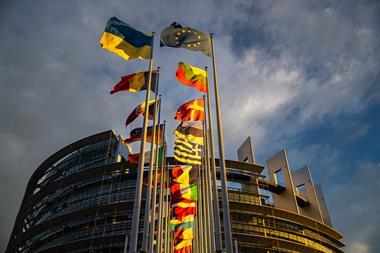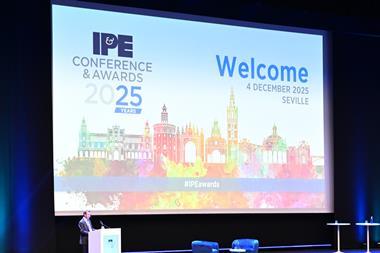The Corporate Sustainability and Responsibility Research (CSRR) Quality Standard is now set for a further stage of development through the creation of the CSRR Transparency Matrix. It was in part due to the need to further develop the standard and create the Transparency Matrix that the Association of Independent Corporate Sustainability and Responsibility Research (AI CSRR) was formed in June.
The standard, also referred to as CSRR-QS, comprises guidelines and rules on the transparency and quality and on the accountability and verifiability of the processes involved in CSRR. The development of the standard has had the financial and strategic support of the European Commission, which has decided to continue supporting the final stage which will make the standard verifiable. The project started in autumn and will run for 16 months. The intention is that it will promote professionalism, quality and dialogue in CSRR. The standard was first developed on an informal basis by 16 CSRR organisations. The AI CSRR now brings these together into a more formal and coordinated setting.
Herwig Peeters is AI CSRR chairman. “The business world is asking for more harmonised systems criteria and for fewer questionnaires, for clear processes and understandable procedures.”
The Transparency Matrix is intended as a supplement to the quality standard and will provide the basis for the verification processes. It is targeted at asset managers and other professional users and, as Peeters explains, “will show them the specificities and specialties and diversities of all the CSRR groups in a way that can easily be understood and compared by clients.”
He adds: “The most important thing is that for the first time professional users will have the ability to compare the methodologies from different research groups regarding what they present. There have been studies to compare the different systems but they are far from complete. While CSRR firms may continue having diverse criteria and methodologies, the Quality Standard clearly imposes minimal professional rules on data collection and rating processes and on aspects of transparency, dialogue and professional ethics.”
Completing and updating this Transparency Matrix regularly is a requirement of any CSRR body wanting to embrace the CSRR quality standard.
Independent auditors will certify CSRR firms that sign and commit to the standard. The standard is open to all groups and methodologies meeting the requirements.
So for now no harmonisation is intended as far as the criteria are concerned. “What is being harmonised is the way we make the CSRR process transparent,” says Peeters. “An example of this would be if a CSRR firm failed to communicate adequately – this would not be acceptable. So there are certain minimum standards.”
Peeters explains that the challenge for the next 16 months is that while the principles have been set, the standards need to be piloted and implemented in a way that an independent body can verify as part of a pilot project.
“As a first step an independent accreditation institute will establish a sector specific system verification system in line with and respecting EN45012 (ISO 62) rules,” he says. “They will design the whole process of control and audit. After that accredited auditors will do the verification work. By mid 2006 they will deliver the first certificates.”
The Transparency Matrix will be released in April of next year after the first pilot within the groups and before the opinion makers and corporations come into the discussion.
Another challenge lies in the readiness of the various CSRR firms for the standard and the Transparency Matrix. One aspect is the way firms relate to their clients. As Peeters explains, “if one research group is doing analysis based on client demands it may be in a more difficult position than another group following one methodology. If they have 20 clients with different methodologies it may be quite difficult for them to have a Transparency Matrix made for all these systems. We need to find solutions for this.”
There are also differences in the way groups conduct dialogue with companies and stakeholders during the research process. Size also makes a difference, in that, it tends to be the large firms that are closer to having requisite processes in place.
Peeters explains that for most research groups it may be expensive and time consuming because a lot of systems and procedures need to be put in place. “Not all groups have the same level of development in terms of verifiable databases and file systems and internal quality control,” he says.
He stresses that “the success of SRI is very dependent on how well CSRR is performed and how it is presented to the financial world – in a way that can be easily understood.”
The new association has a clear role in the success of the quality standard. “The AI CSRR is the platform of the sector to discuss the issues and to look how we can raise the standards, the processes and the professional routes and see that it is affordable.”
So spite of all the challenges, Peeters is sanguine: “I am quite optimistic that will all come together,” he says.














No comments yet